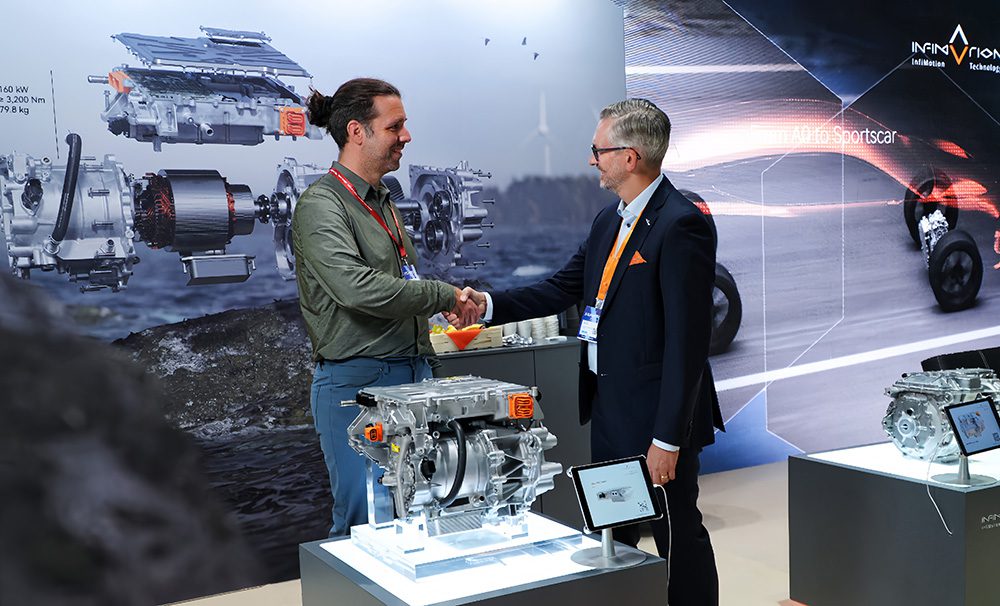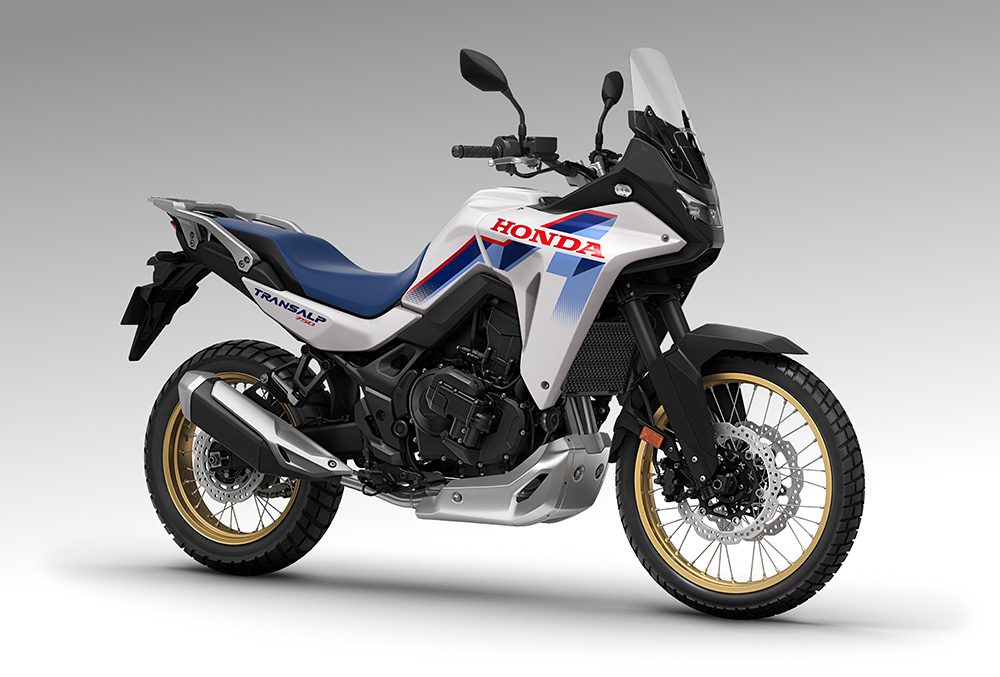German mechanical engineering company bdtronic and German UV specialist Hönle have created an inline, five-step process for dispensing and curing liquid sealants known as Cured-In-Place-Gaskets (CIPGs) for battery cell module controllers.
In the first step of the process, the component contours are pretreated with atmospheric pressure plasma to improve the adhesion of the sealant. In the second and third steps, the highly-viscous CIPG is applied in contours. In the fourth step, the sealants are cured using a Hönle UV curing system. Finally, the finished part is inspected for quality and consistency.
The process was developed for a customer that required a production volume of 6,000 battery sensors every 24 hours, requiring one part to be produced every 13 seconds. Hönle’s testing showed that the sealing compound polymerized in the broadband spectrum of UVA and UVC, and required an unusually high UV dose. Hönle identified its UVAPRINT curing module as the optimal curing system for this material, as its Cold-Mirror technology prevents the temperature on the substrate from rising too high despite the high intensity. The components pass through three UVAPRINT modules to receive a full cure before the sensors move to step five for optical inspection.

Overview of process steps 1-4 of the dispensing system: Plasma (1), dispensing
the contours inside (2) and outside (3), and UV curing (4)
“To achieve the best possible process, it is essential to work closely with the customer and all involved technology providers from the very beginning. We need to understand the requirements and collaboratively develop their technical implementation,” explains Fabian Tremmel, Head of Engineering Dispensing at bdtronic.
Source: Hönle












































































































